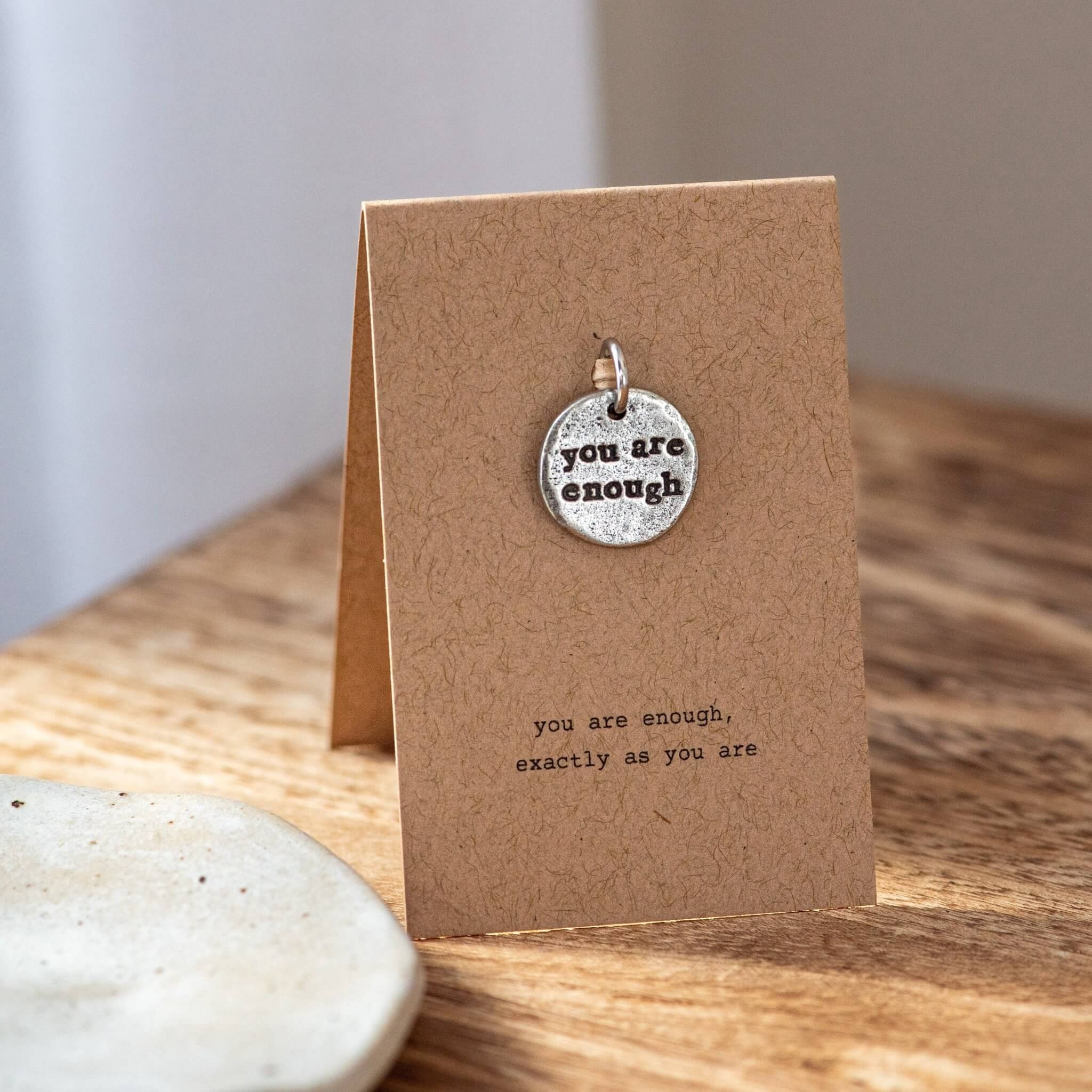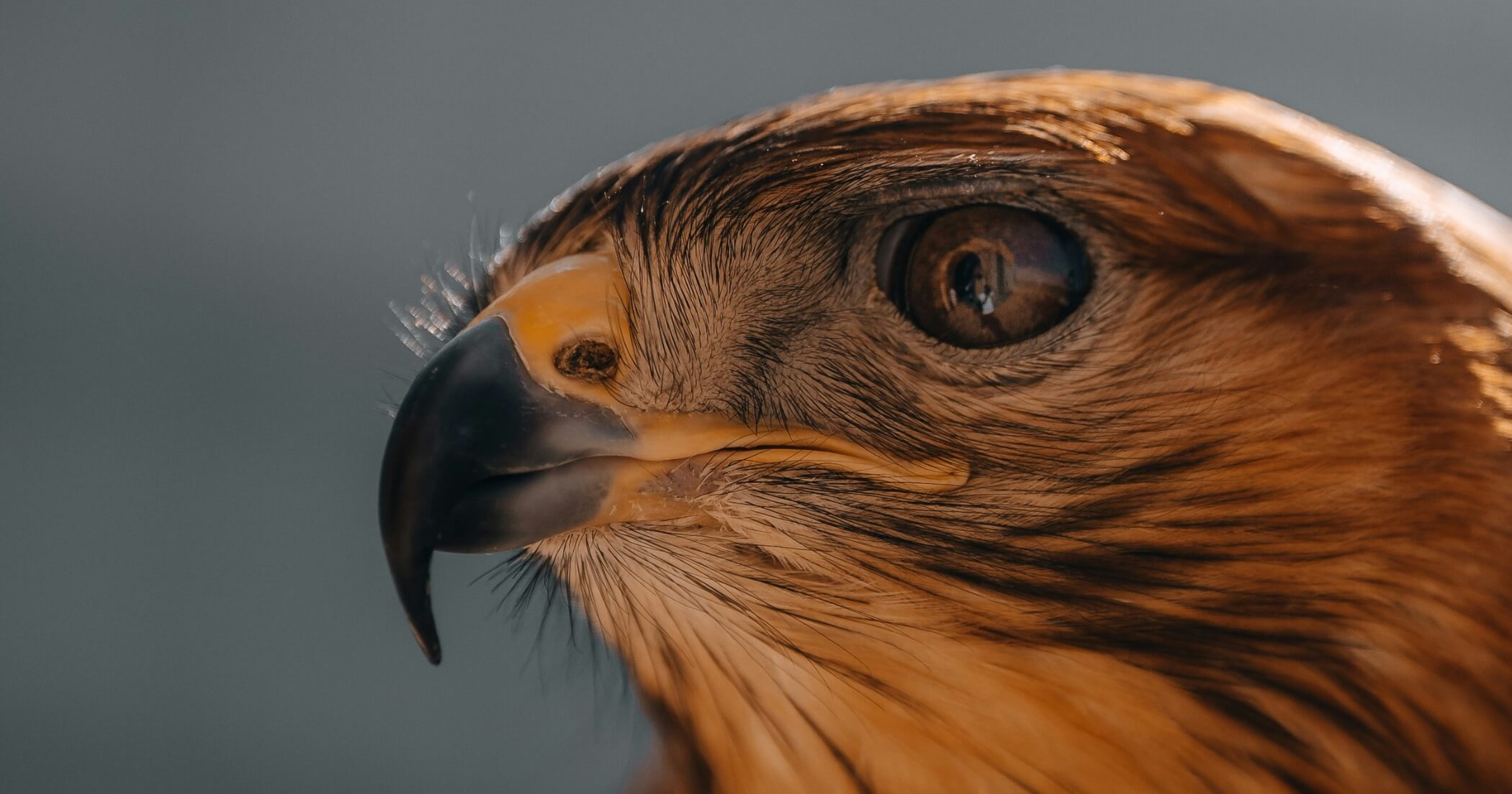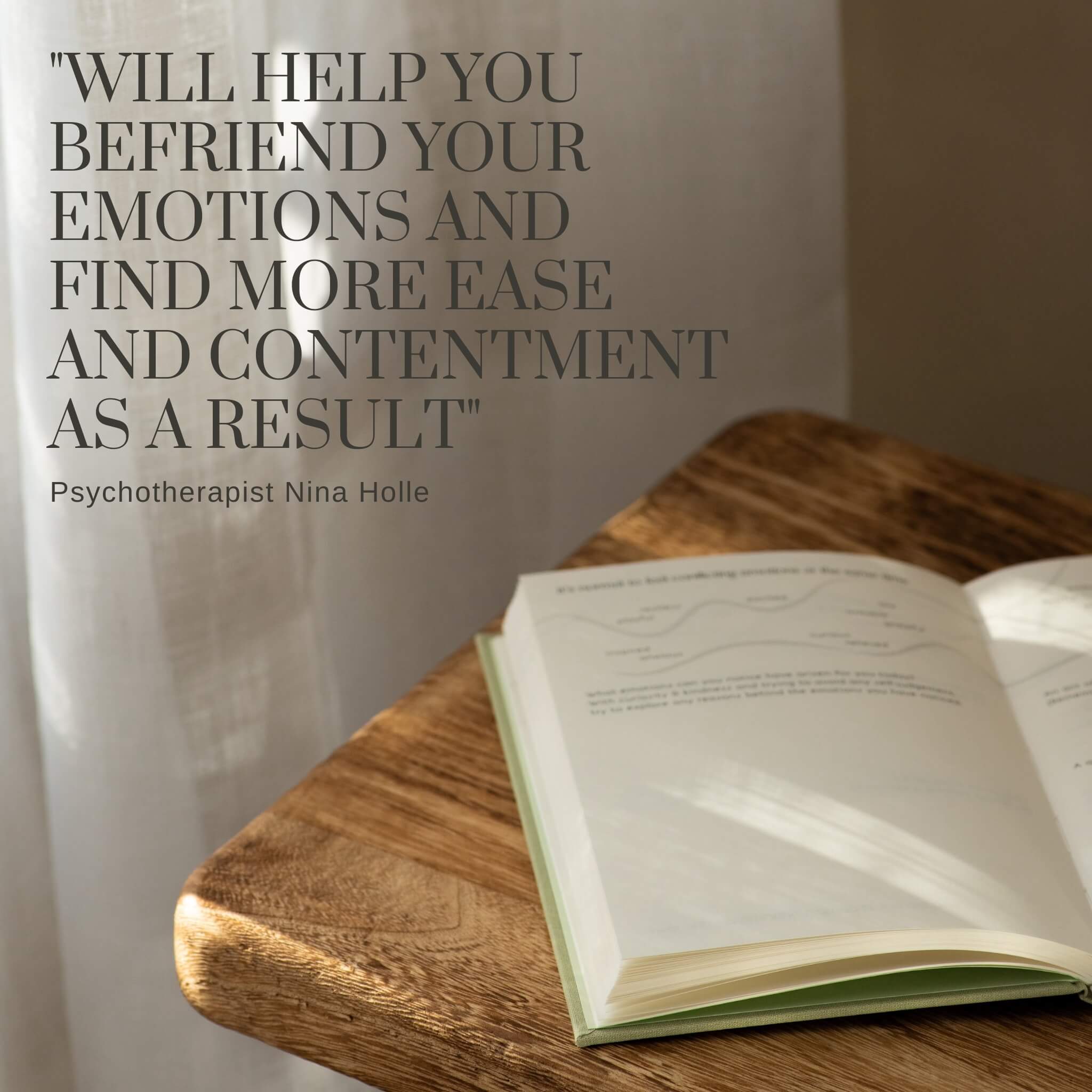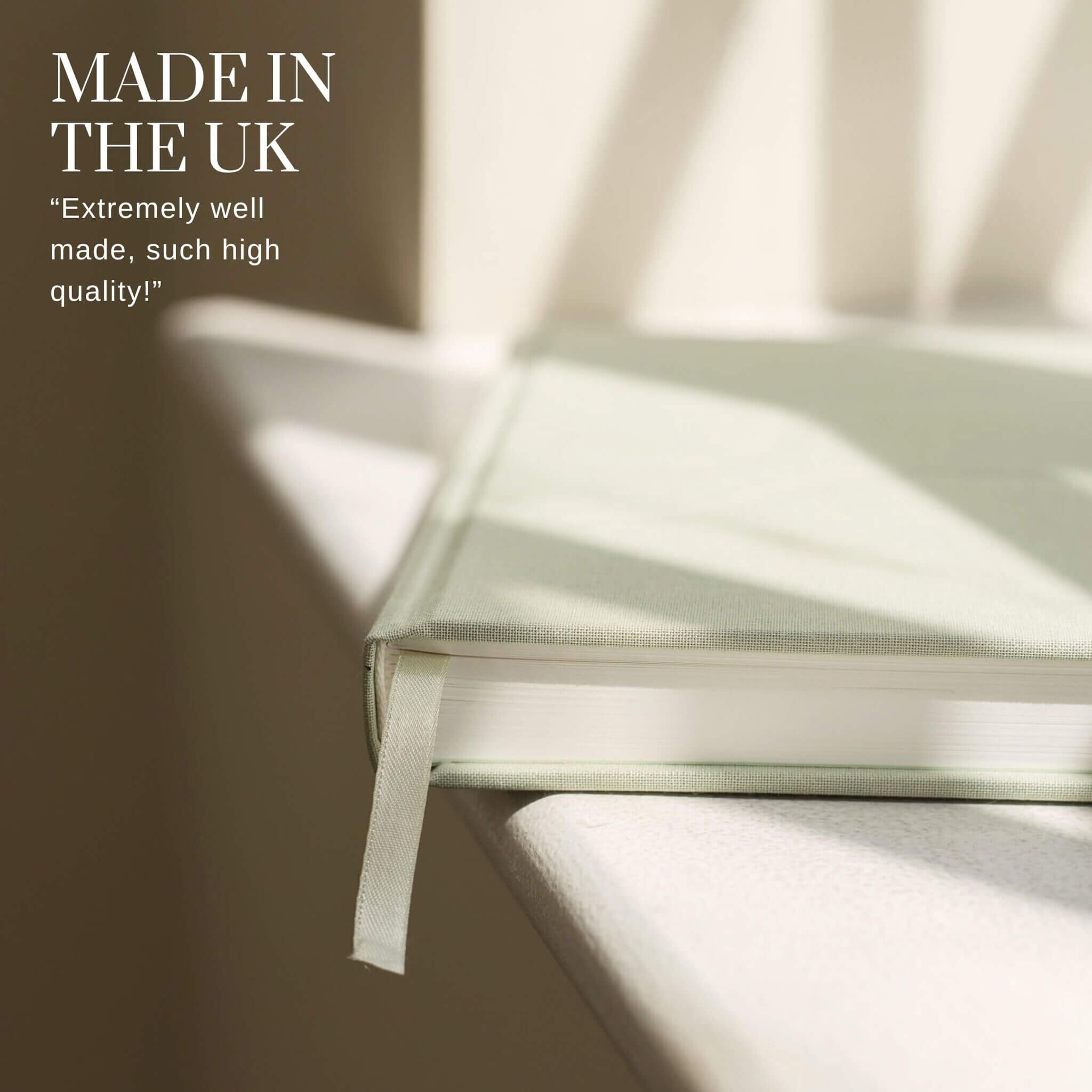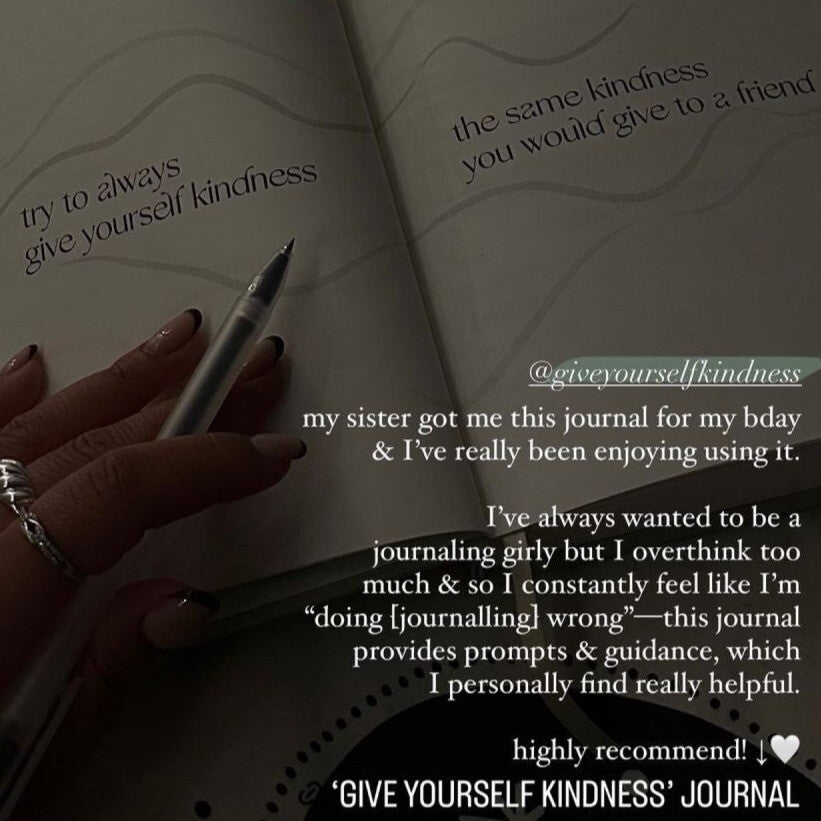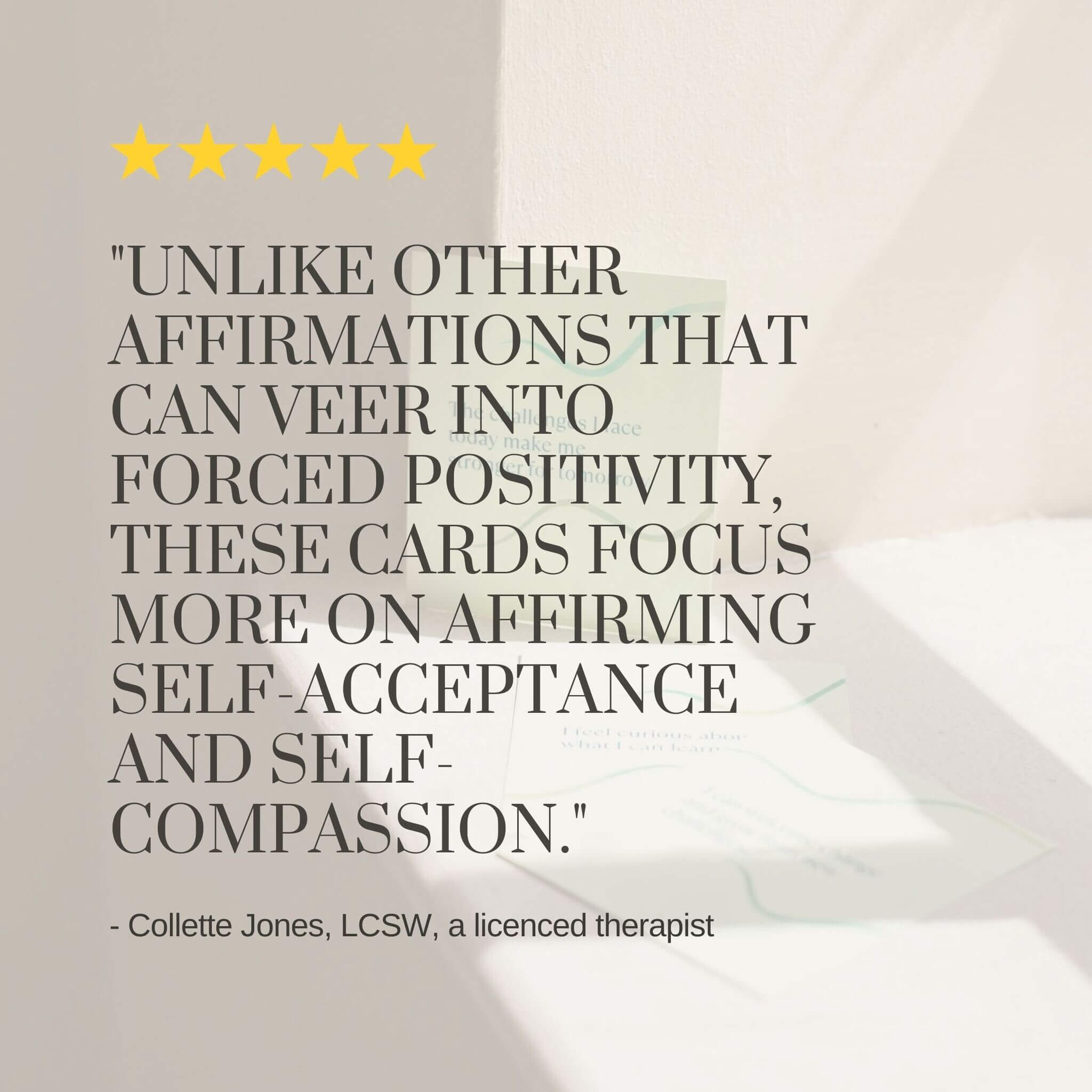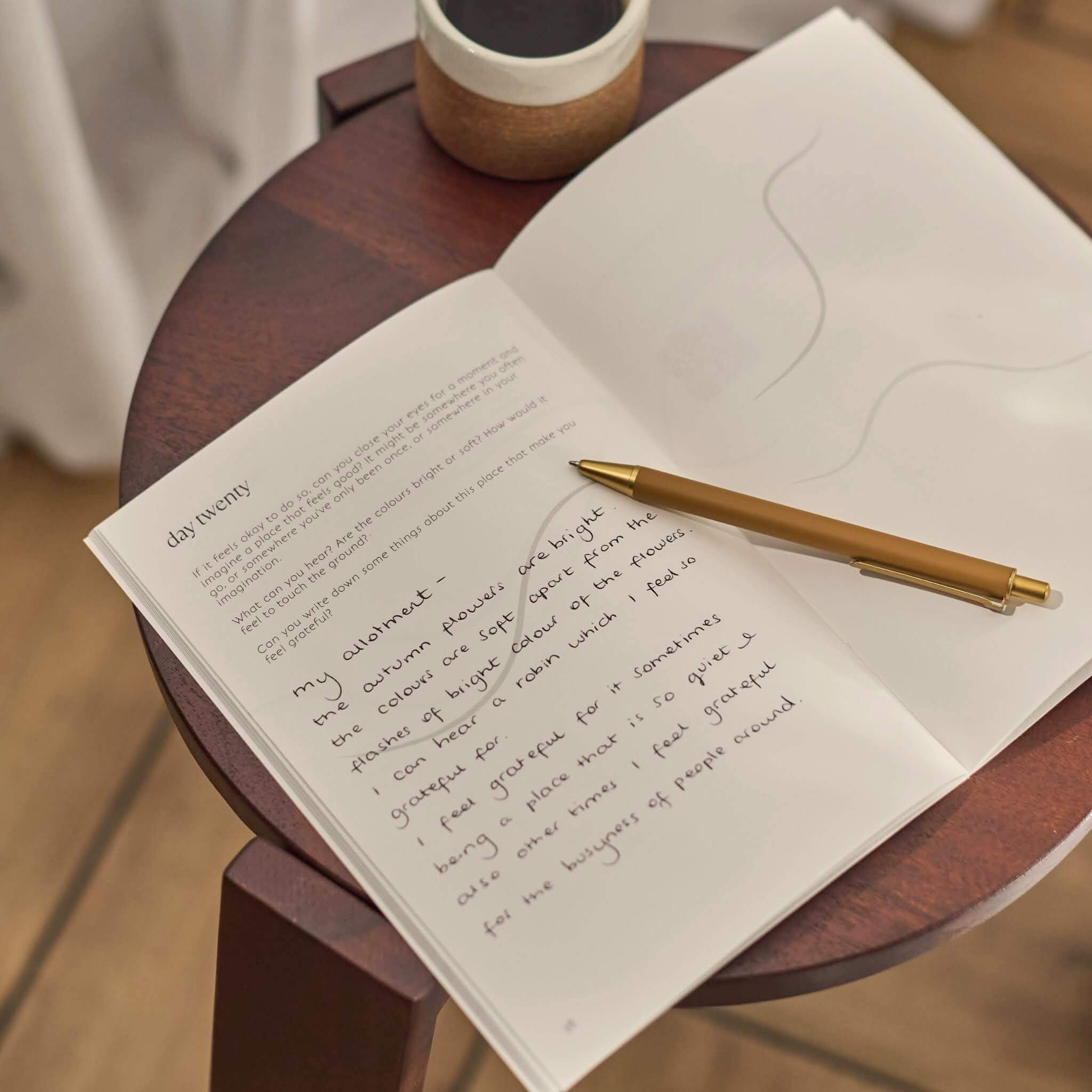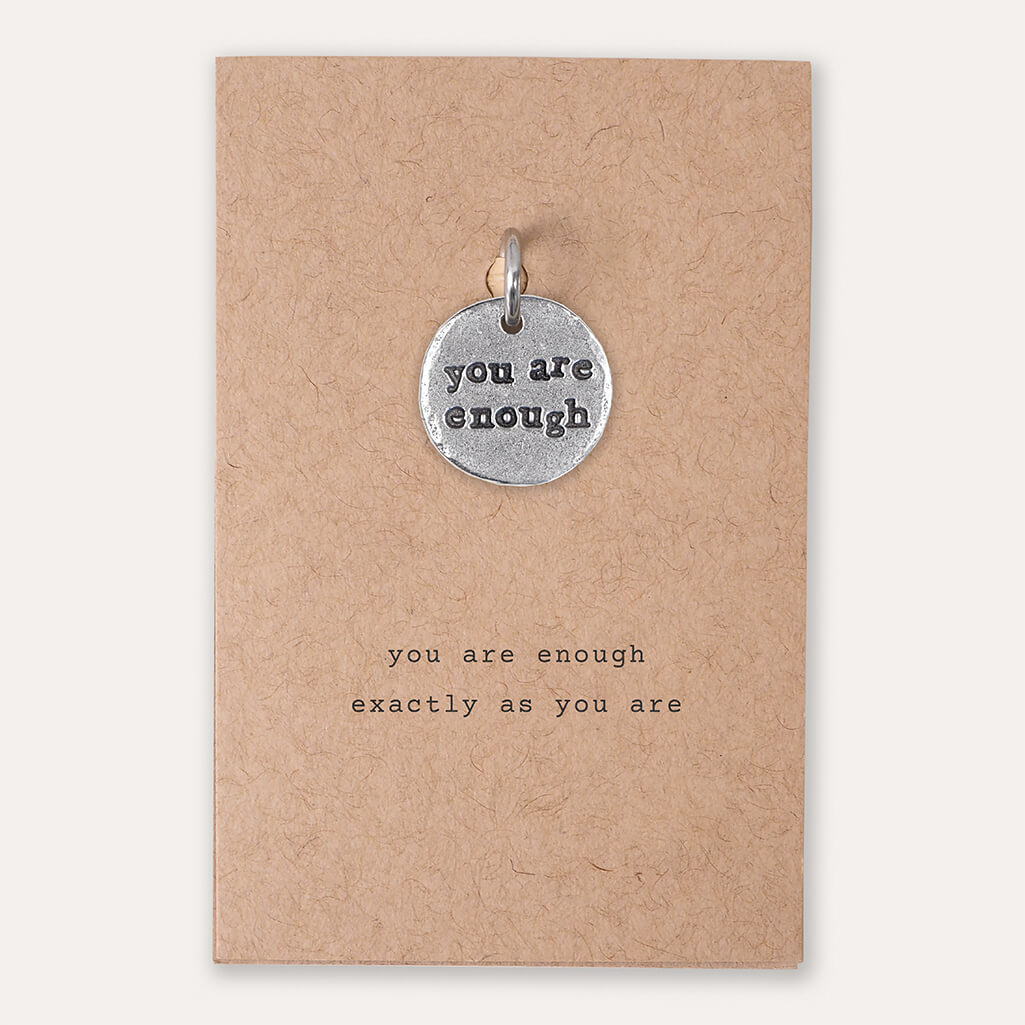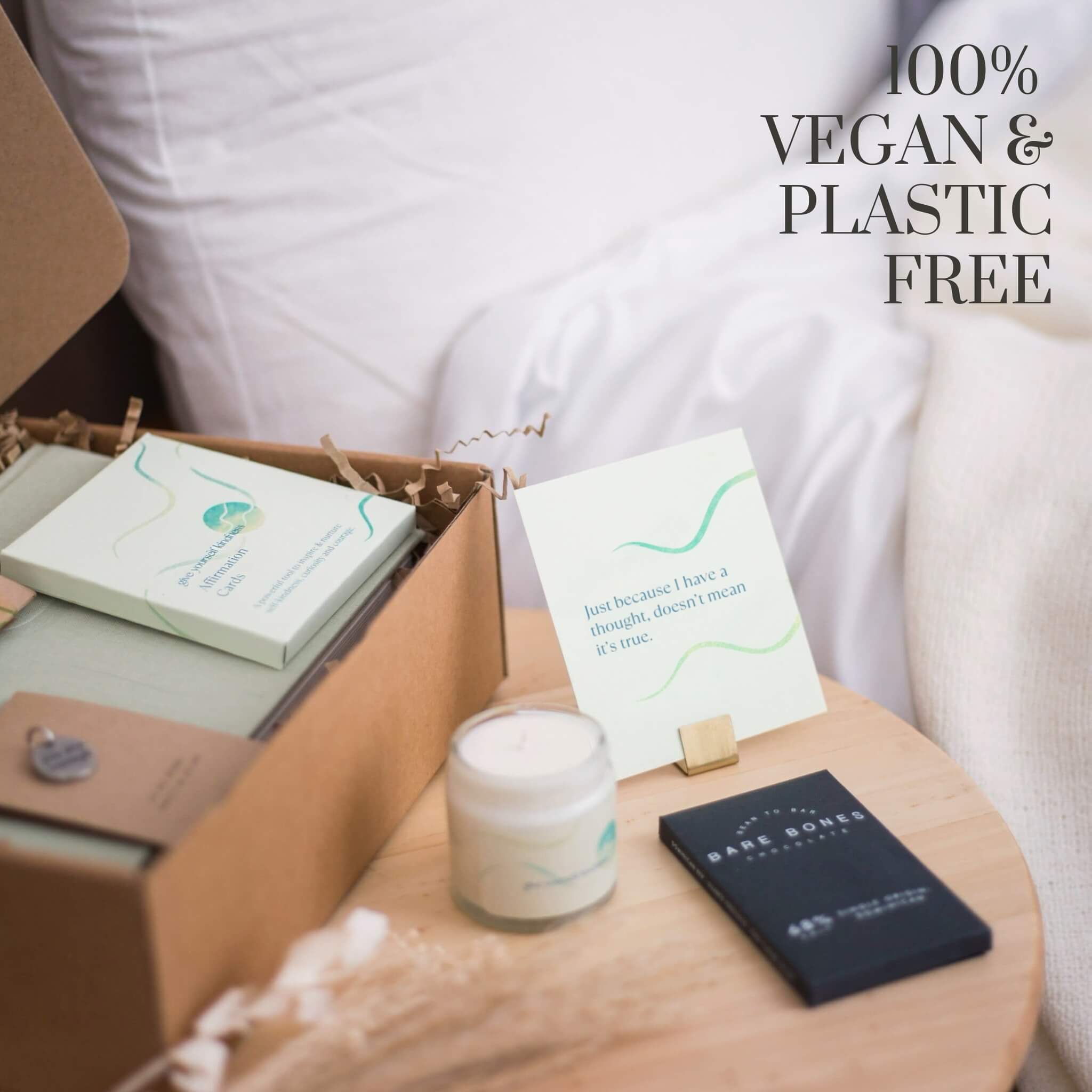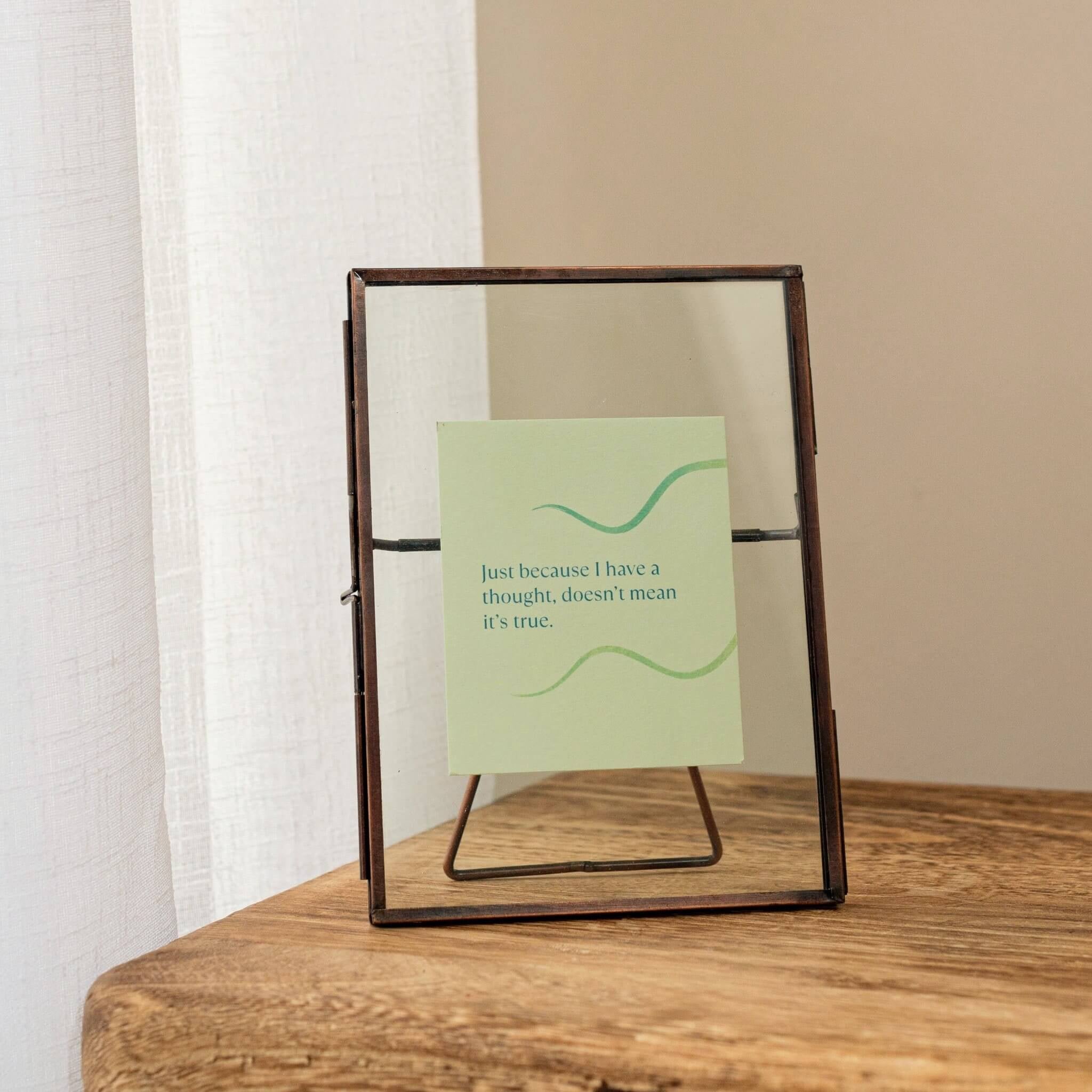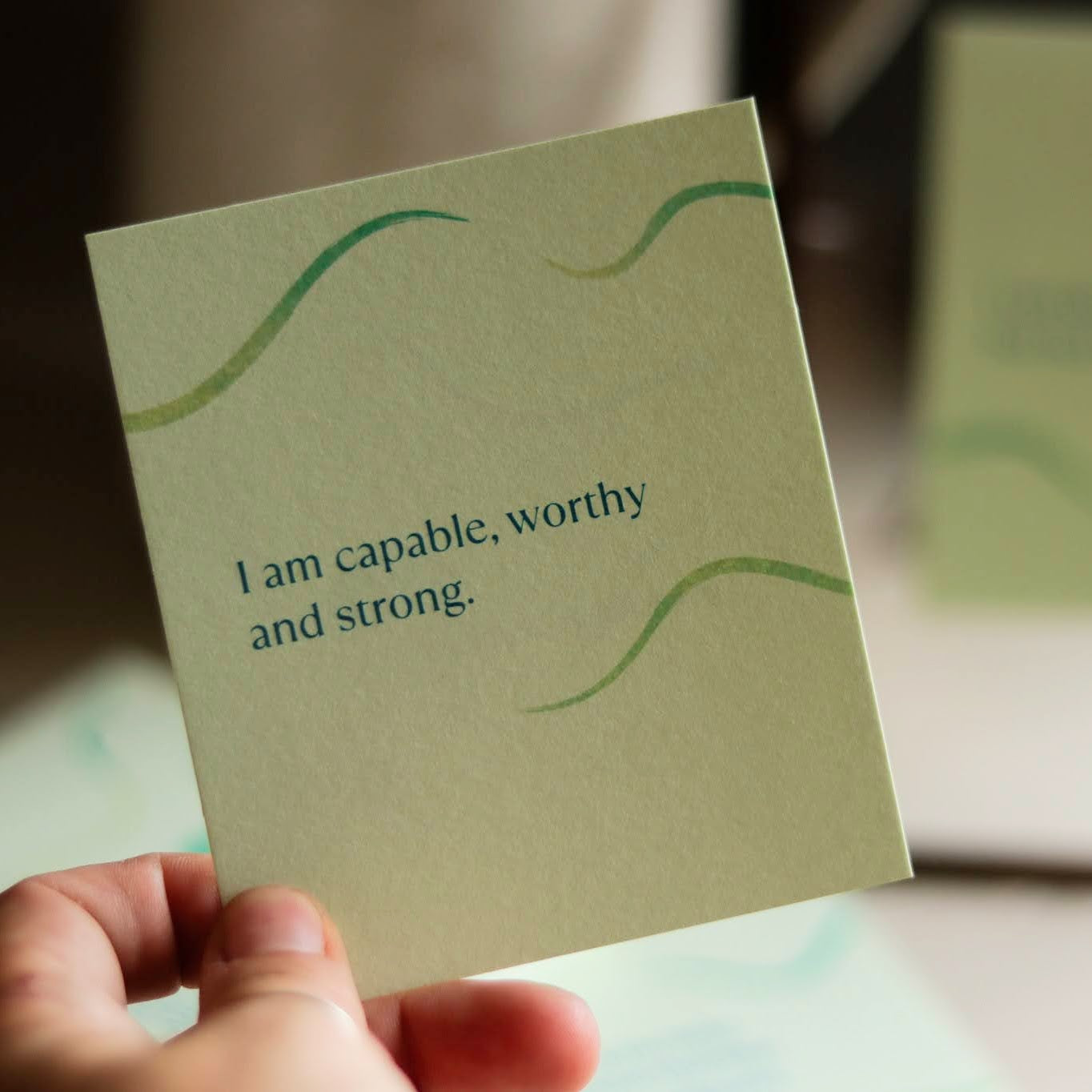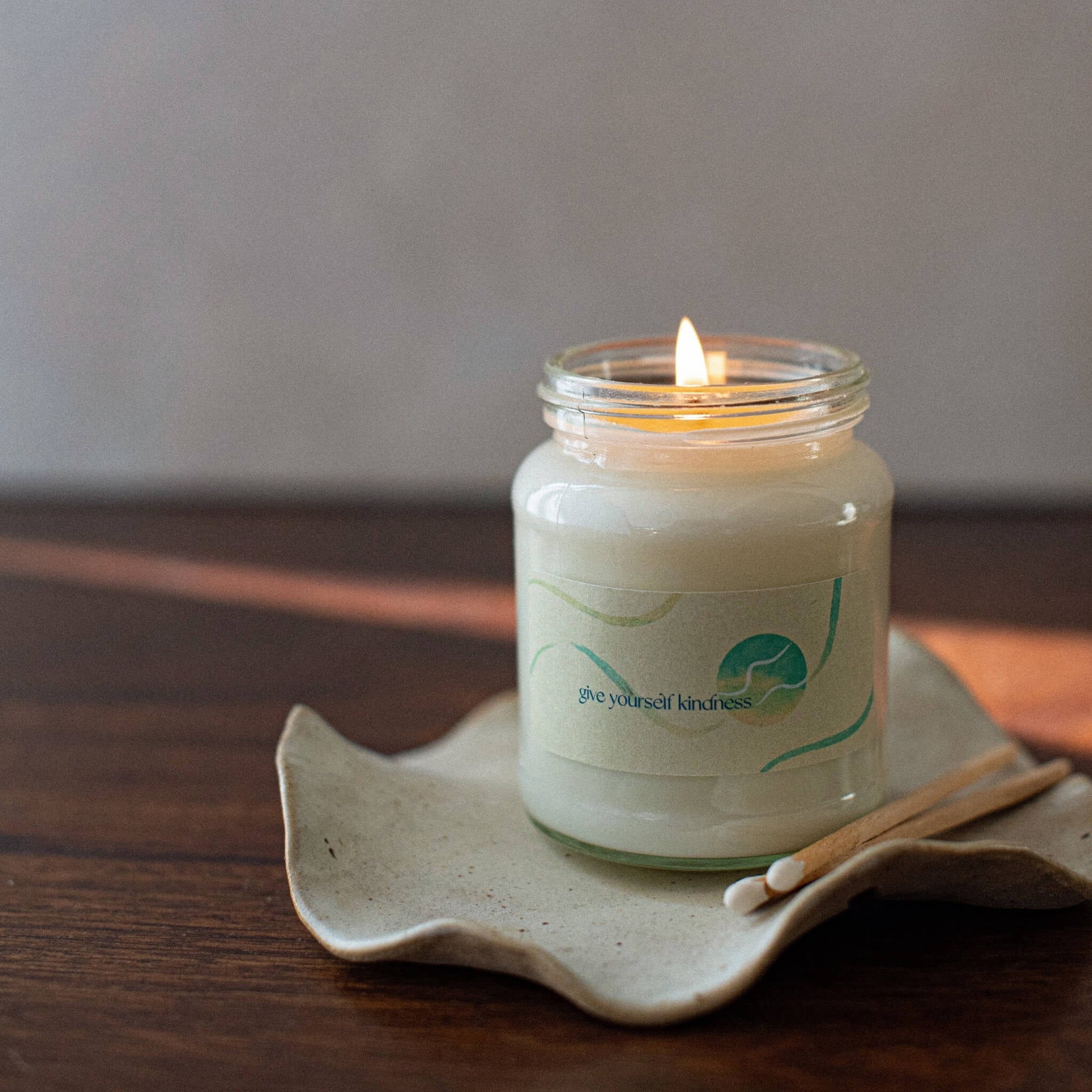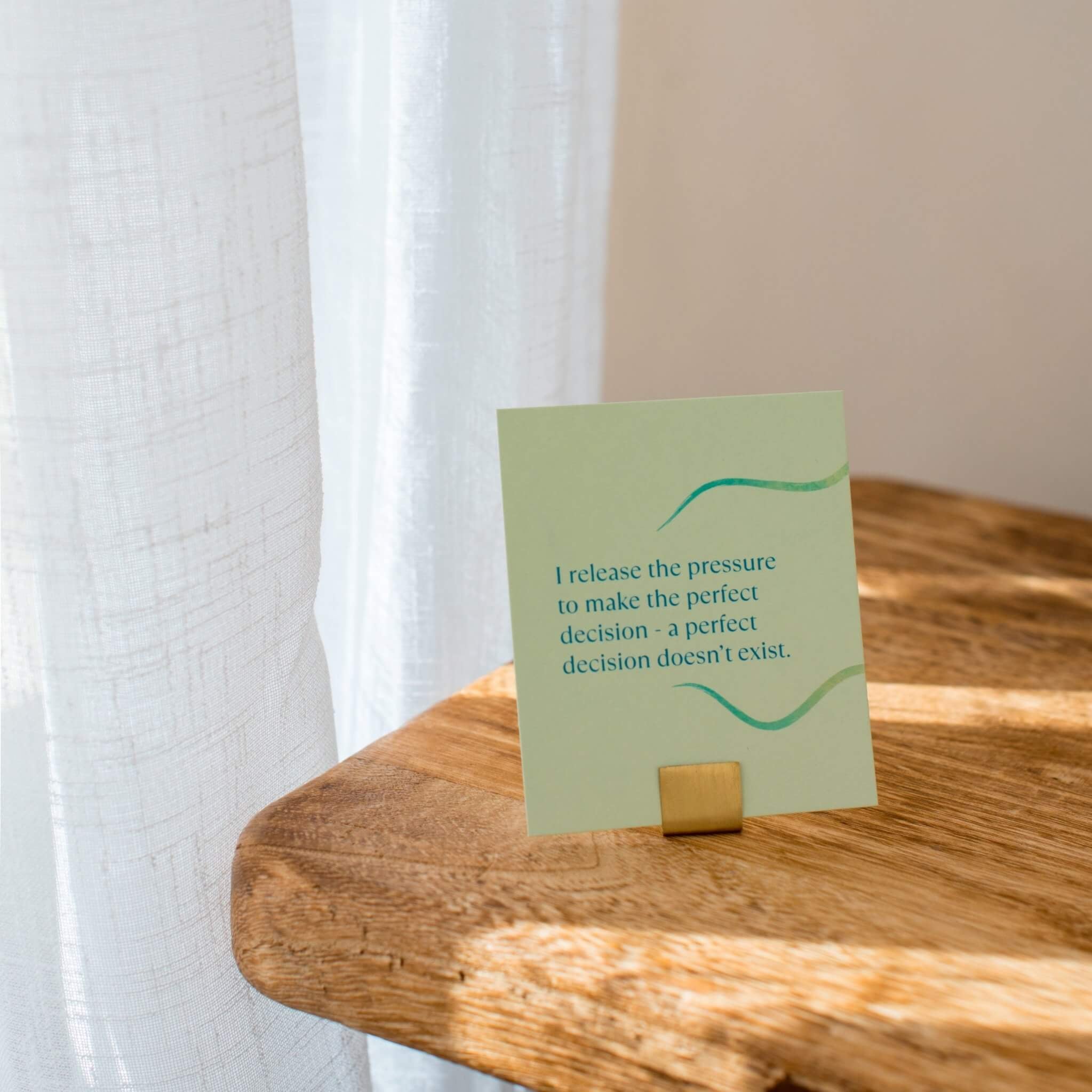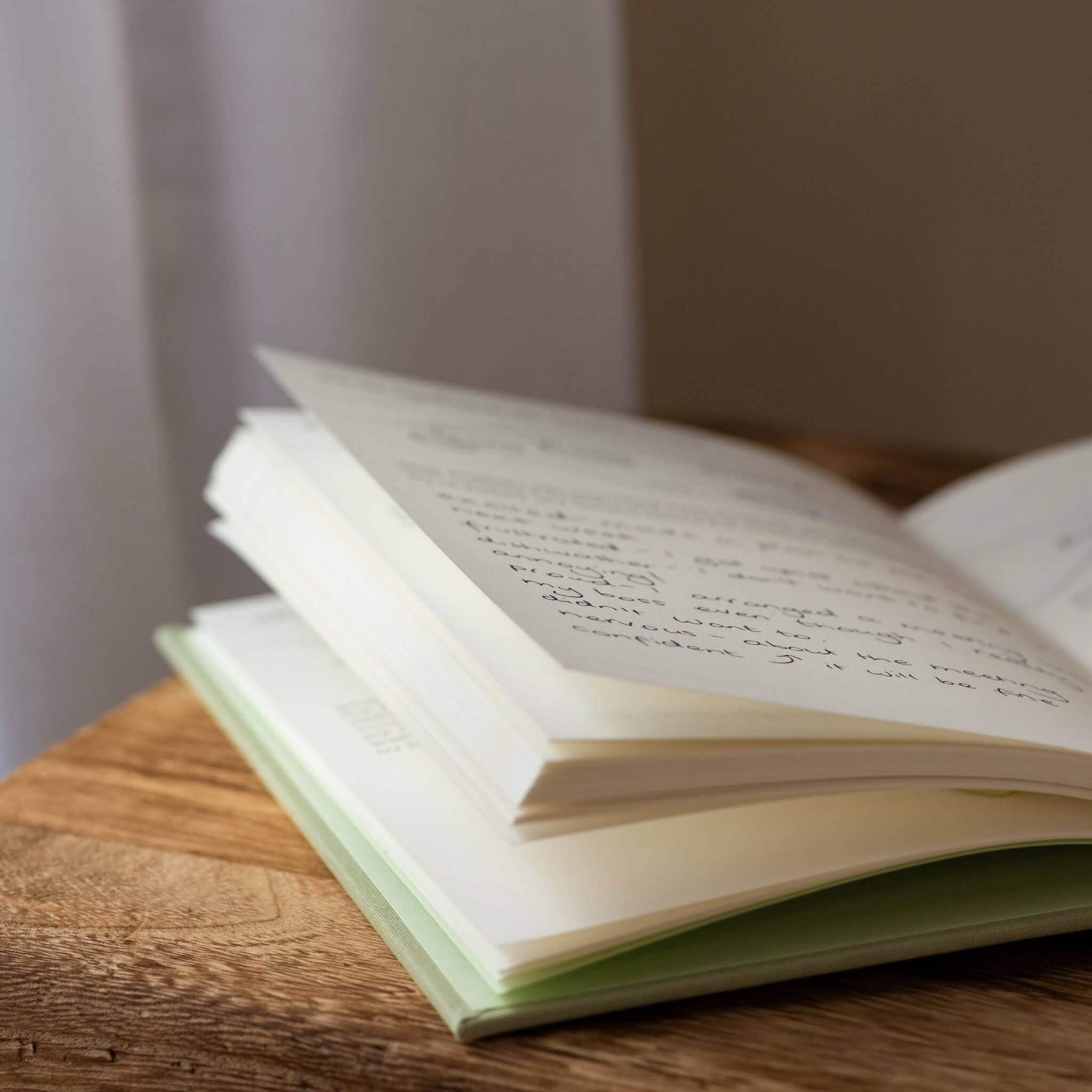written exclusively for Give Yourself Kindness by Clare Karasik, MSW RSW a therapist helping women develop authentic self-trust and access their ability to feel calm. She has over 10 years of experience helping hundreds of clients transition from dysregulation and fear-based thinking to a deep sense of balance and self-trust.
What is guilt?
Guilt is that inner tug-of-war we feel when we believe we've done something we shouldn't have or neglected to do something we should have.
It's distinct from shame, which tells us we are inherently bad and prompts us to hide away.
Guilt vs shame
Guilt
- “I did something bad”
- I feel motivated to repair, show regret, or apologize
Shame
- “I am bad”
- I want to hide and disappear
When does guilt strike?
Guilt can serve a purpose, nudging us toward empathy and motivating us to make amends or choose differently in the future.
Yet, it can become burdensome and counterproductive when it lingers, becomes automatic, or overwhelms us, especially when it's based on societal or internalized standards rather than actual wrongdoing.
Getting to know the guilt
Taking a moment to explore the guilt we are experiencing can reveal insights and opportunities for self-compassion.
- Where do we feel it in our bodies?
- What messages does it whisper to us?
- What does our guilt say about what we value or what's important to us?
- How do you behave when you're feeling guilty?
- Consider the part of you that feels guilty. What is that part trying to protect you from?
Exploring our feelings with genuine curiosity is the first step to transforming feelings of guilt into compassion.
How do we stop feeling guilty?
Getting curious of the guilt
First, we have to distinguish whether our feeling is a secondary reaction, an adaptive response, or a persistent burden.
A secondary emotion
A feeling about having a feeling – e.g. if we feel guilty for being angry at our partner.
A primary adaptive emotion
A fresh, new response that gives us useful information and a direct benefit – e.g. we feel guilty for forgetting our anniversary.
A primary maladaptive emotion
An old, stuck emotions that are all-encompassing and do not give us useful information or a direct benefit – e.g. chronic guilt or when we feel guilty for something we had no control over.
This can help us learn what we most need. We might need the support of a psychotherapist to take these steps.
How to release the hold of guilt
Guilt as a secondary emotion
We can work toward giving ourselves permission to connect with what's really underneath our feeling.
Guilt as a primary adaptive emotion
We can work toward meeting the need that we have (e.g. to repair, apologize, or show regret).
Guilt as a primary maladaptive emotion
We can work with a therapist to uncover new emotions that relate to our first difficult experiences of guilt (which likely occurred in childhood), such as self-compassion or assertive anger.
Guilt: part of the human experience
As imperfect beings, we're bound to stumble and fall. It's part of the human experience. Yet, we often hold ourselves to unrealistic standards while readily forgiving others.
Give yourself permission to be imperfect, meet your feelings with curiosity, and remember that we all struggle with these hard and human feelings together.
Clare Karasik, MSW RSW is a therapist helping women develop authentic self-trust and access their ability to feel calm.
She has over 10 years of experience helping hundreds of clients transition from dysregulation and fear-based thinking to a deep sense of balance and self-trust.
She firmly believes that we’re capable of change and teaches her clients to access the wellspring of calm and confidence that already exists inside of us.
When she’s not guiding her latest mindfulness practice, you can find her obsessively playing pickleball, getting lost in nerdy board games, or watching feel-good dog videos.







